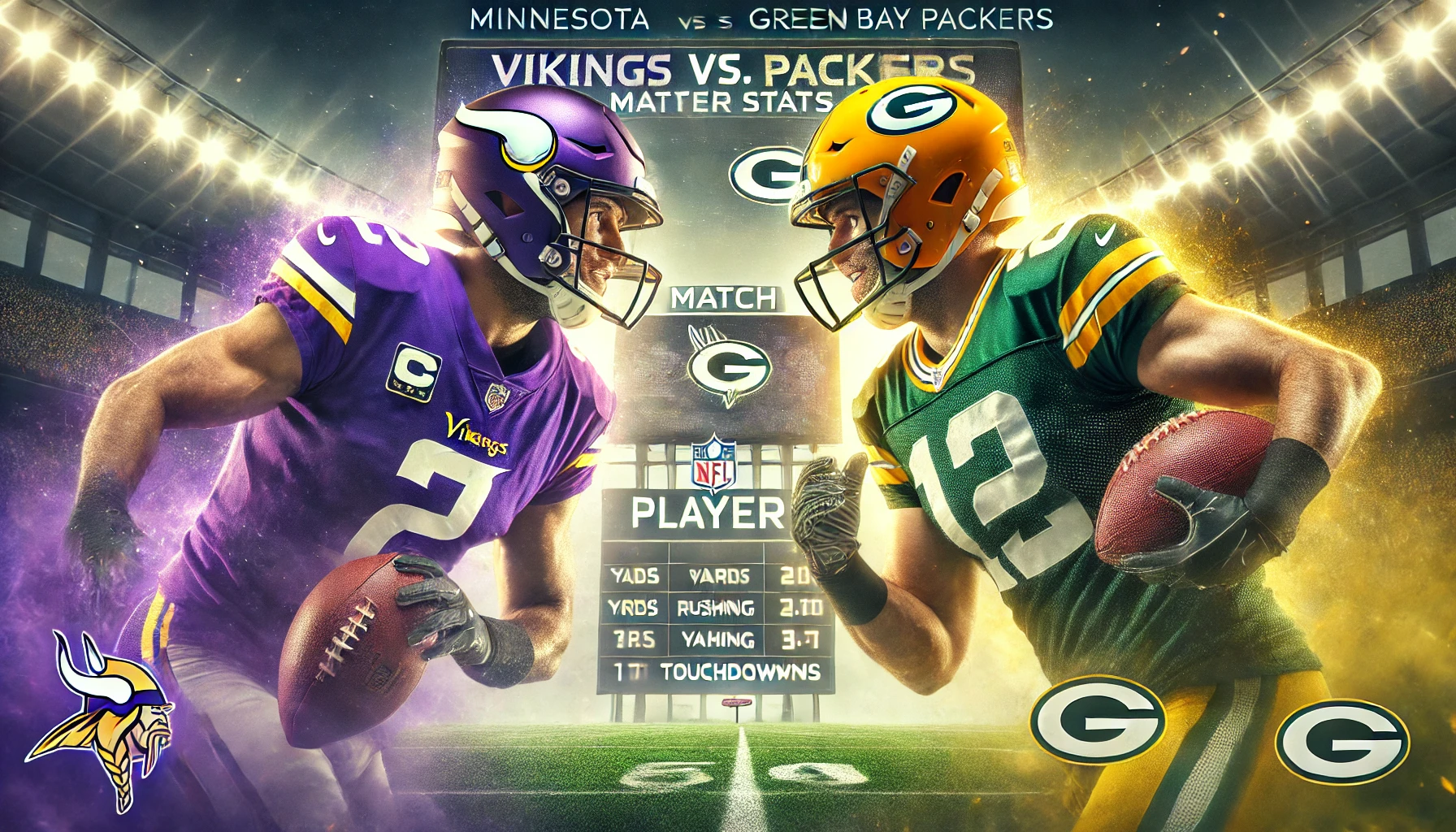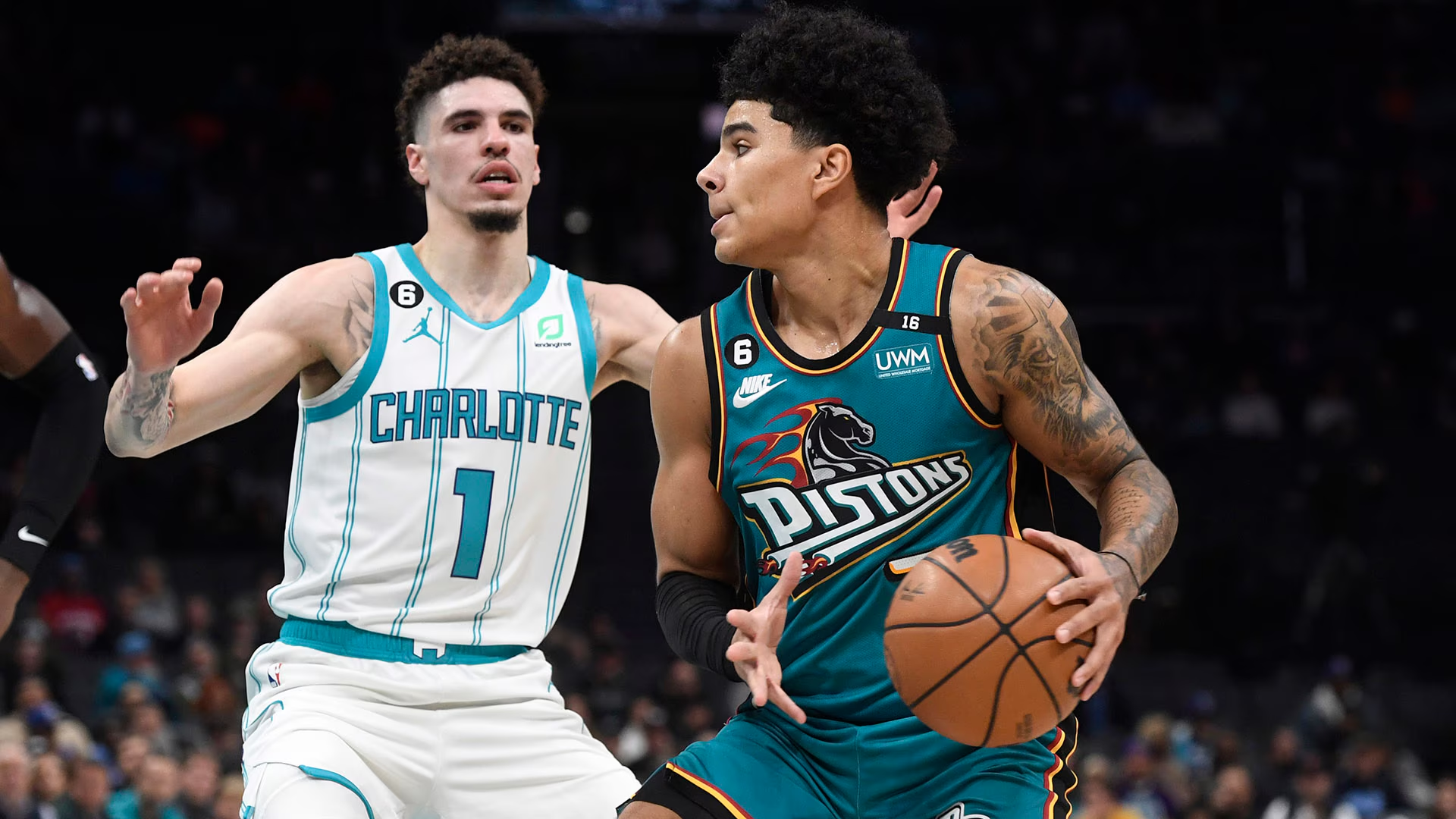Introduction
The storied rivalry between the Minnesota Vikings and the Green Bay Packers has been a centerpiece of NFL fan discussions for decades. Known for its intense matchups and passionate fan bases, the rivalry has often turned on the performances of key players on both sides. This article delves into the player statistics that not only illuminate past games but also shed light on what to expect in future encounters. By examining detailed stats from both teams, fans and analysts alike can gain deeper insights into the strategic dynamics that sway the outcomes of these high-stakes games.
Analyzing player statistics provides a quantifiable measure of individual and team performance, offering a more nuanced understanding of each game. Whether you’re a fantasy league enthusiast, a die-hard supporter of either team, or a casual observer, these statistics offer valuable insights into the tactical aspects that might influence the next Vikings vs. Packers showdown.
Historical Context
The Vikings-Packers rivalry, with its roots stretching back to the early days of the NFL, encapsulates a significant part of the league’s history. Games between these two teams have often been pivotal, impacting playoff prospects and divisional supremacy. Understanding the historical player stats helps fans appreciate how individual performances have turned the tide in crucial moments.
Significant matches in the past, such as the dramatic 2009 game where Brett Favre, playing for the Vikings against his former team, threw for 271 yards and three touchdowns, showcase the impact of stellar player statistics on game outcomes. Over the years, the changing dynamics of player performances have mirrored shifts in team strategies, coaching styles, and even the evolution of the game itself. This rivalry not only highlights outstanding individual achievements but also reflects broader trends in the NFL.
Key Player Statistics: Minnesota Vikings
Offense
The offensive line-up of the Vikings often draws attention, particularly the quarterback, whose passing accuracy and touchdown-to-interception ratio critically define game outcomes. For instance, current assessments might focus on Kirk Cousins’ performance metrics such as passer rating and completion percentage, which are pivotal during high-pressure matches against the Packers. The running back position also offers rich statistical insights, with metrics like rushing yards and touchdowns providing a measure of the ground game’s effectiveness.
Defense
On the defensive side, the Vikings’ stats reveal the strengths and weaknesses that the Packers might exploit. Analyzing the number of sacks and tackles by linemen and the interception rates from the secondary can indicate how well the Vikings might contain the Packers’ offensive plays. Such statistics not only reflect individual prowess but also the overall coordination of the defensive squad.
Special Teams
Special teams often play an unsung role in the Vikings-Packers rivalry. Field goal percentages and punting yard averages from players like the Vikings’ kicker and punter can dramatically influence field position and scoring, often deciding tight games where every point counts.
Key Player Statistics: Green Bay Packers
Offense
The Packers’ offensive strategy heavily relies on the quarterback, where Aaron Rodgers’ stats have historically been a barometer for the team’s performance. His touchdown passes, yards gained, and decision-making under pressure significantly impact the Packers’ ability to score against the Vikings. Similarly, the performance of the running backs and wide receivers, measured in yards and receptions, plays a crucial role in balancing the offensive threat.
Defense
The Packers’ defensive effectiveness is illustrated through statistics like tackles for loss, sacks, and forced fumbles, particularly from their front seven. These metrics not only gauge the ability to pressure the Vikings’ quarterback but also to disrupt their running game. Secondary statistics, including interceptions and pass deflections, offer insights into their capability to handle the aerial threats posed by the Vikings.
Special Teams
In special teams play, the Packers’ stats in kicking and punting are vital. A kicker’s accuracy and a punter’s ability to pin the opposition deep in their territory can tilt the field in favor of Green Bay, especially in games where possession and field position are key.
Comparative Analysis
A head-to-head comparison of these statistics reveals much about the potential directions future games could take. For instance, if recent seasons show the Vikings with stronger defensive stats but the Packers with a more dynamic offense, predictions for upcoming matchups might lean towards a clash of strength versus agility. Analyzing these trends offers fans and analysts a framework to forecast not just the outcome of a single game, but strategic adjustments both teams might adopt.
Conclusion
In sum, the player statistics from the Minnesota Vikings and Green Bay Packers provide a fascinating lens through which to view this enduring rivalry. They illuminate the strategies, predict game outcomes, and highlight player contributions in a way that enriches the understanding for fans and participants alike. As the NFL continues to evolve, so too will the analytical approaches to interpreting these statistics, ensuring that the rivalry remains as compelling as ever.
FAQs
- Who are the standout players in the latest Minnesota Vikings vs. Green Bay Packers matchup?
Each game brings different heroes to the forefront, depending on the strategic setups and individual performances. - How have player statistics influenced past games between the Vikings and Packers?
Player stats often directly correlate with key game moments and outcomes, particularly in such a competitive rivalry. - What role do quarterbacks play in determining the outcome of the game?
As leaders of the offense, quarterbacks are pivotal, with their performance often being the most influential factor. - Which team has shown better defensive stats in recent matchups?
This fluctuates season by season, with each team bolstering their defenses to counter the other’s strengths. - How do special teams contribute to the overall success of each team in this rivalry?
Special teams can turn the tide by affecting field position and scoring opportunities through precise kicking and strategic punting. - What predictions can be made about future games based on current player stats?
While past stats provide a guide, football remains unpredictable, with each game writing its own unique story.
You May Also Read:https://ventweekly.com/atlanta-hawks-vs-golden-state-warriors-match-player-stats/






